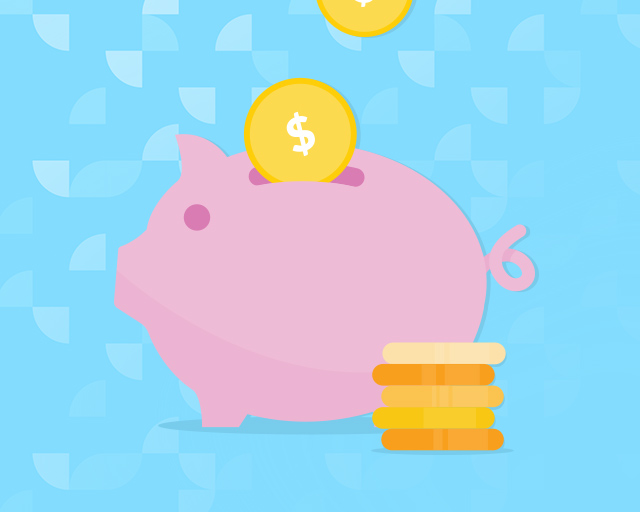

As the holidays are winding down and the new year starts to get closer, it’s a good time to see where you stand with your finances. To help you out, here are a few things you can do to make sure you’re on track to meeting your financial goals.
organize your documents
The year can get quite busy, and you may have placed a financial document somewhere you didn’t mean to. Now that the end of the year is here, gather up everything you need to help you plan for the upcoming year such as tax records, loan documents, bank and credit statements, bills, important receipts and more.
Once you have all your documents together, sort and organize them into groups that make sense to you. You can do this either digitally into folders on your computer or into physical folders if most of your documents are paper. No matter which way you choose, be sure to label your folders so you know what documents are where.
For more tips on how to organize your financial documents, check out this article on our blog: https://blog.fingerhut.com/five-tips-for-organizing-your-financial-docs/
check your credit
Now that you have all your documents in order, it’s time to review your credit score. Once you have your score, compare it to last year’s to see if you have improved it or if you still need some help. If your score needs some work, make a plan for things you can do in the new year to help raise it.
Some quick options on what you can do to help improve your credit history would be to pay all your bills on time, keeping your existing credit accounts open1, and paying the balance down on your credits cards to keep your credit utilization rate under 30%2.
If you are looking for more ways to help your credit score, check out this article on our blog: https://blog.fingerhut.com/improve-your-credit-score/
assess your savings
Using the bank statements you’ve collected earlier, evaluate where your emergency and savings funds are at. If you don’t currently have an emergency savings fund, that’s okay, you can start one now and have the goal of adding to it in the upcoming year. If you are wondering how much should be in your emergency fund, financial planners suggest enough to cover between 3 to 6 months of expenses3.
If you have other savings funds you add to such as a vacation fund or a home down payment fund, check to see where those are at as well. Once you come up with a budget for the next year, assess how much you would like to add to those monthly.
review your budget
Speaking of budgets, the end of the year is a great time to review how well you kept to your budget and what improvements you can make for the next. Take a look to see what spending trends you had and how much you put into savings. Take notes of where you would like to make changes for next year.
If you don’t currently have a budget, now is the perfect time to start. You can use what you have spent this year, as well as the income you took in, as your base and make a plan from that. Be sure to also include adding to an emergency fund to your budget.
plan your goals
Since you’ve just reviewed your credit, savings, and budget for the past year, it’s now time to plan goals for the upcoming year. Find the places you know you can improve on and create attainable goals for yourself to meet by this time next year.
Here are some suggestions for goals:
- Make on time payments.
- Increase your emergency savings fund.
- Pay down debt.
- Track your budget monthly.
To learn about setting SMART financial goals, check out this article on our blog: https://blog.fingerhut.com/smart-financial-goals-can-help-turn-your-dreams-into-reality/
prep for next year
With all the hard work you’ve done, seeing how you did this year financially will be important to keep that momentum going into the next. One way you can easily do that would be to schedule check-ins throughout the year to review your goal progress. Another thing you can do is to keep up with your document organization method, that way you have everything you need when it comes time to review.









